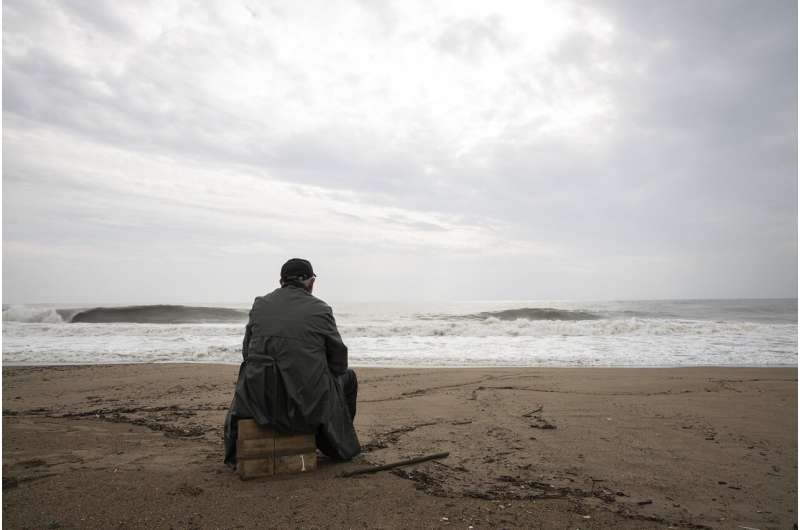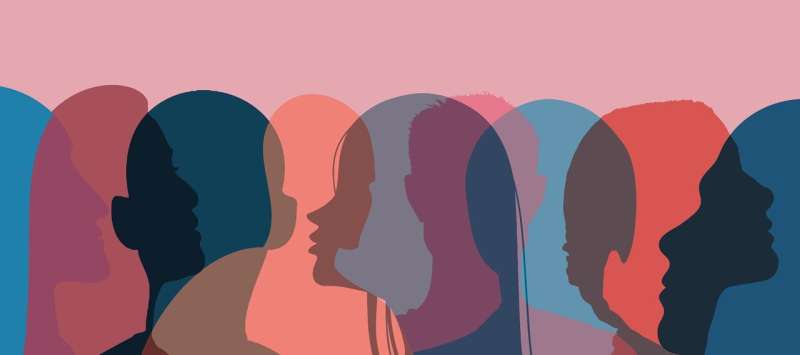Innovative Salivary Gland Biobank Offers Hope for Chronic Dry Mouth Treatment

Mayo Clinic scientists have developed a pioneering biobank of salivary gland tissue-organoids, opening new avenues for regenerating damaged glands and treating chronic dry mouth, especially in cancer patients.
Chronic dry mouth, medically known as xerostomia, affects millions worldwide and is often a debilitating side effect of salivary gland damage. This condition is particularly common among patients who have undergone radiation therapy for head and neck cancers, with nearly 70% experiencing permanent salivary gland damage. The resulting symptoms include difficulty chewing, tasting, speaking, swallowing, and an increased risk of tooth decay, significantly impairing quality of life.
In a groundbreaking development, researchers at Mayo Clinic have established the world’s first biobank of human salivary gland tissue-organoids. This biorepository provides a standardized collection of salivary gland samples, greatly advancing research efforts aimed at regenerating damaged glands and finding effective treatments for dry mouth. According to lead researcher Nagarajan Kannan, Ph.D., this resource addresses a critical barrier in the field—the limited availability of suitable, consistent salivary specimens for regenerative studies.
The biobank comprises samples from 208 donors and has already contributed to identifying biomarkers for saliva-producing cells and mapping the tissue origin of rare, self-renewing salivary cells. This platform enables scientists to develop personalized regenerative therapies, with potential to heal and grow new salivary gland tissue.
Additional research includes creating a radiation injury model to test regenerative approaches and exploring the cellular mechanisms underlying gland repair. This collaborative effort involves several departments at Mayo Clinic, including the Center for Regenerative Biotherapeutics.
The promise of this biobank extends beyond radiation-induced dry mouth, offering hope for patients who suffer from gland damage due to aging, medications, or diseases like diabetes, stroke, Alzheimer’s, and HIV/AIDS. With ongoing discoveries, future therapies may include cultivating regenerative cells and implanting new gland tissue, dramatically improving patient outcomes.
For more insights, refer to the study published in npj Regenerative Medicine: Establishment of salivary tissue-organoid biorepository. Source: https://medicalxpress.com/news/2025-05-salivary-gland-regenerative-biobank-combat.html
Stay Updated with Mia's Feed
Get the latest health & wellness insights delivered straight to your inbox.
Related Articles
Multiple Chronic Conditions Significantly Increase Depression Risk, Study Finds
A recent study reveals that individuals with multiple chronic health conditions, especially combinations like diabetes and heart disease, face more than double the risk of developing depression. Integrated care approaches are essential to address this complex health challenge.
Native Tribal Groups Declare Sovereignty Amid Federal Crackdown on Gender-Affirming Healthcare
Native American tribal communities are asserting sovereignty to protect LGBTQ+ rights and access to gender-affirming healthcare amidst federal and state restrictions, emphasizing cultural identity and health equity.



